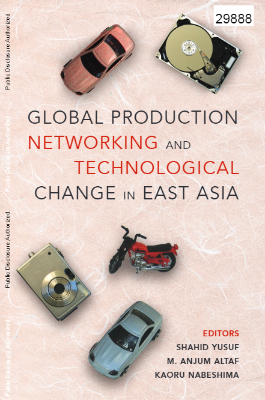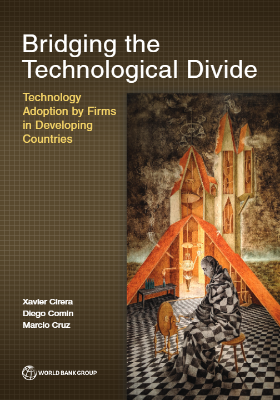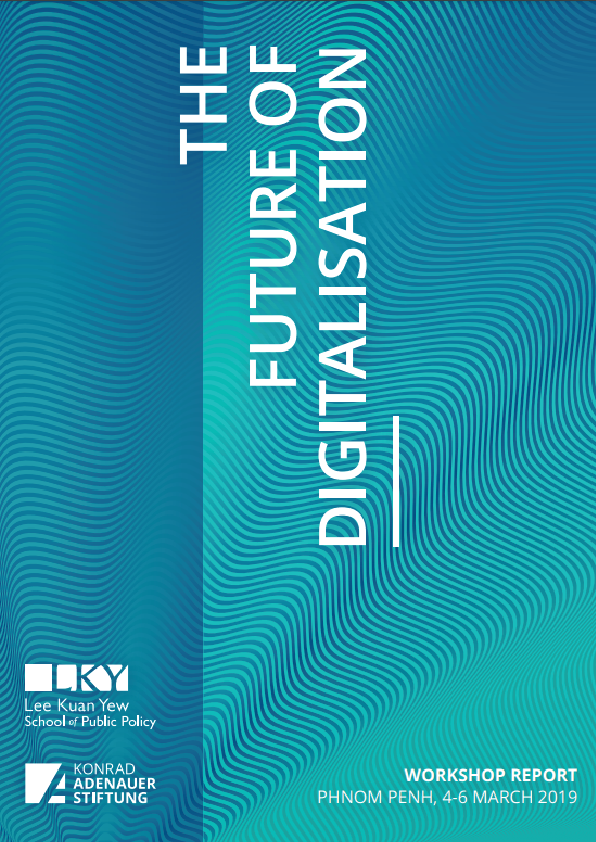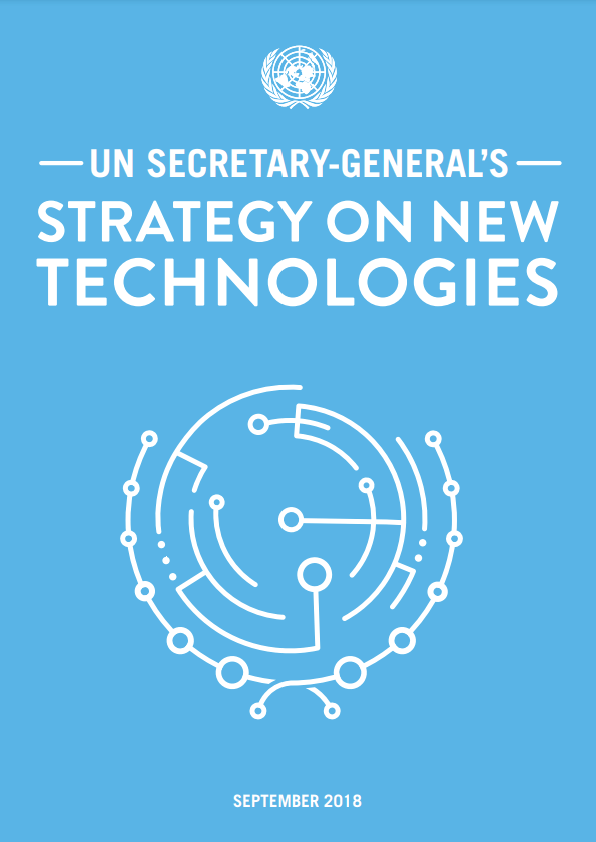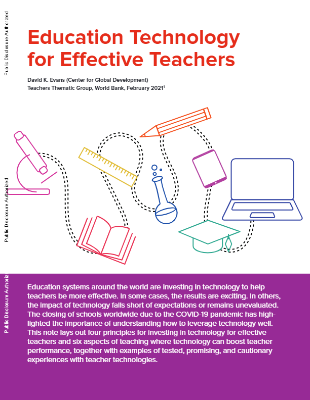This is the third volume in a series of publications from a study co-sponsored by the Government of Japan and the World Bank to examine the sources of economic growth in East Asia. The study was initiated in 1999 with the objective of identifying the most promising path to development in the light of global and regional changes.
The first volume, Can East Asia Compete?, published in 2002, provided a compact overview of the relevant strategic issues and future policy directions. Innovative East Asia, the second volume, analyzed each of main issues and consequent policy choices drawing comprehensively upon recent empirical research and the findings of firm surveys conducted for the study. Its principal message is that sustained economic growth in East Asia will rest on retaining the strengths of the past—stability, openness, investment, and human capital development—on overcoming the sources of current weaknesses—in the financial sectors, corporate, judicial, and social sectors—and on implementing the changes required by the evolving economic environment, particularly with regards to technology development.
This book, Global Production Networking and Technological Change in East Asia, is the first of two volumes of papers commissioned for the East Asia study. It provides detailed information, analysis and case studies further illuminating some of the topics covered in the earlier volumes. The contributors rigorously examine the effects of the changing global geography of production for the growth prospects of East Asian economies. They conclude that in the face of a global environment, economies in East Asia need to adapt to the changing character of global production networks and to nurture and develop technological capabilities in order to sustain their growth prospects. The companion volume, Global Change PREFACE and East Asian Policy Initiatives, will include a second set of papers that explore regional and institutional policy options that East Asian economies face in a similarly in depth manner. Both volumes complement Innovative East Asia and are addressed to researchers, students and policymakers.
The financial backing of the government of Japan through its Policy and Human Resources Development Fund provided vital support for this project, as did senior public officials who gave generously of their time. We are deeply grateful to Haruhiko Kuroda, Naoko Ishii, Masahiro Kawai, Kiyoshi Kodera, Rintaro Tamaki, Junichi Maruyama and Takatoshi Ito. The staff of the World Bank’s Tokyo office facilitated the reviews and seminars, and we greatly appreciate the assistance provided by Yukio Yoshimura, Shuzo Nakamura, Mika Iwasaki, Tomoko Hirai, and Hitomi Sasaki. We also deeply appreciate the support we received from Deepak Bhattasali and Jianqing Chen at the World Bank’s Beijing office. We owe special thanks to K. Migara De Silva for his enthusiastic and tireless support in organizing and participating in seminars in Beijing and Tokyo.
The papers in this volume were presented at seminars and workshops in Beijing; Cambridge, Mass; Tokyo, and Washington, DC. The comments received helped the authors in revising their drafts. We would like to thank all of those who participated in these seminars, along with the many reviewers of the entire manuscript and, in particular, Jose Luis Guasch.
At the World Bank, the Development Research Group has for several years offered a base for the study. In addition, we are grateful for the support provided by East Asia and Pacific Region. We are especially indebted to Jemal-ud-din Kassum and Homi Kharas for their guidance and strong encouragement.
The study team was ably supported by the research skills of Soumya Chattopadhyay, Farhan Hameed, and Yifan Hu. The manuscript was prepared by Paulina Flewitt, Marc Sanford Shotten, and Rebecca Sugui; and we thank Susan Graham, Patricia Katayama, and Ilma Kramer of the Office of the Publisher for their expert management of the editorial and print production of the volume.
